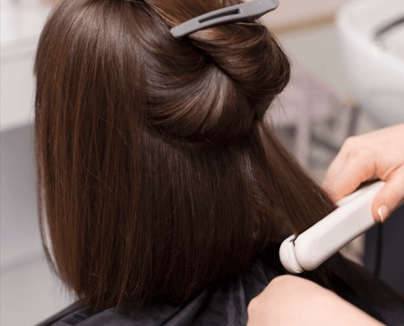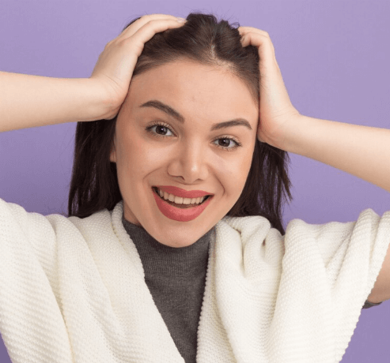Expert Advice from Korean Hair Transplant Surgeons
Getting a hair transplant is a major step toward restoring your confidence—but the journey doesn’t end after surgery. To enjoy your new hair for years (or decades) to come, long-term maintenance is essential. Korean clinics, known for their precision and post-operative care, emphasize the importance of ongoing scalp health, preventive treatments, and lifestyle adjustments.
In this guide, Korean hair transplant specialists share proven strategies to maintain and protect your hair transplant results for the long term.
🌱 1. Follow Post-Op Instructions from Your Korean Clinic
Korean hair transplant clinics are renowned for providing detailed, step-by-step post-operative care plans. Following these closely during the first 2–4 weeks is crucial for ensuring proper healing and maximizing graft survival.
Typical Instructions Include:
- Gentle washing techniques using medical-grade shampoos
- Avoiding direct sun exposure, sweating, or wearing tight hats
- Sleeping with your head elevated to reduce swelling
- Taking prescribed anti-inflammatory or antibiotic medications
🔑 Tip from Korean surgeons: Avoid touching or scratching the recipient area for at least 10 days, and don’t pick at scabs.
💊 2. Consider Preventive Medications for Native Hair
Even after a successful transplant, your non-transplanted hair may continue to thin. That’s why Korean specialists often recommend long-term pharmacological maintenance to stabilize further hair loss.
Common Options:
- Finasteride (Propecia): Blocks DHT, the hormone responsible for male pattern baldness.
- Dutasteride: A stronger alternative for more aggressive hair loss.
- Minoxidil (Topical or Oral): Stimulates hair growth and strengthens follicles.
📌 Note: These medications do not affect transplanted hair, but they help preserve existing natural hair, ensuring a fuller appearance over time.
💉 3. Schedule Regular PRP or Stem Cell Scalp Treatments
Many Korean clinics integrate Platelet-Rich Plasma (PRP) or stem cell-based scalp therapies into post-transplant care plans.
PRP Benefits:
- Enhances healing and graft anchoring
- Increases blood supply to hair follicles
- Stimulates growth in weak native hairs
Stem Cell/Exosome Therapy:
- Promotes cellular repair and regeneration
- Boosts hair thickness and density
- Suitable for ongoing scalp rejuvenation
⏱ Recommended Frequency: Every 3–6 months for the first year, then annually for maintenance.
🧴 4. Use Clinic-Recommended Medical Hair Products
Korean clinics often prescribe or sell cosmeceutical-grade shampoos, tonics, and scalp serums that support long-term follicle health.
Look for:
- DHT-blocking shampoos
- Biotin- or niacin-rich formulations
- Peptide-based scalp tonics
- Caffeine or zinc-infused treatments
Korean-made hair care lines like Dr. ForHair, Regenepure, or Kerasys Medical are commonly used and trusted by top clinics.
🧠 5. Maintain a Healthy Scalp Environment
Scalp hygiene plays a critical role in long-term graft retention. Korean surgeons stress the importance of maintaining a clean, non-inflammatory scalp.
Recommendations:
- Wash your scalp 3–4 times per week (daily if you use styling products)
- Avoid harsh dyes, perm chemicals, or overuse of dry shampoos
- Treat dandruff, eczema, or seborrheic dermatitis promptly
- Consider regular clinic scalp detox treatments
🧪 Many Korean clinics offer microscopic scalp analysis during follow-up to detect early issues like miniaturization or sebum overload.
🥗 6. Adopt a Hair-Healthy Lifestyle
What you put into your body affects your hair. Korean clinics advise adopting habits that support cellular function, hormonal balance, and hair follicle nutrition.
Lifestyle Tips:
- Eat foods rich in iron, zinc, omega-3, and vitamin D
- Manage stress through meditation, exercise, or therapy
- Sleep 7–8 hours per night to support hormonal recovery
- Avoid smoking and limit alcohol, which reduce scalp circulation
💬 “Your hair is like a garden—it needs consistent care, the right nutrients, and a healthy environment to thrive.” —Dr. Kim, Hair Transplant Surgeon, Seoul
📅 7. Attend Regular Follow-Up Appointments in Korea
Most top Korean clinics offer remote follow-ups for international patients via video or photo check-ins. In-person follow-ups are ideal when possible, especially if you’re traveling to Korea again.
Follow-Up Timeline:
- 2 weeks post-op: Check healing progress
- 3–4 months: Assess shock loss and early regrowth
- 6–9 months: Density evaluation and PRP if needed
- 12 months: Final results and maintenance planning
⚠️ What to Watch For Long-Term
Even with a successful transplant, hair health can fluctuate due to age, genetics, and lifestyle. Contact your clinic if you notice:
- Sudden thinning of native hair
- Itchy or inflamed scalp
- Excessive shedding beyond 6 months
- Poor regrowth in transplanted areas
Early intervention can prevent or reverse many issues.
✅ Final Thoughts from Korean Hair Restoration Experts
“Getting a hair transplant is only the first step—long-term results depend on how well you care for both transplanted and native hair. In Korea, we believe in comprehensive scalp management, from surgery to supplements and beyond.”
By combining professional follow-up care, clinical scalp therapies, and personalized medication plans, Korean clinics help patients enjoy their restored hair for decades to come.




